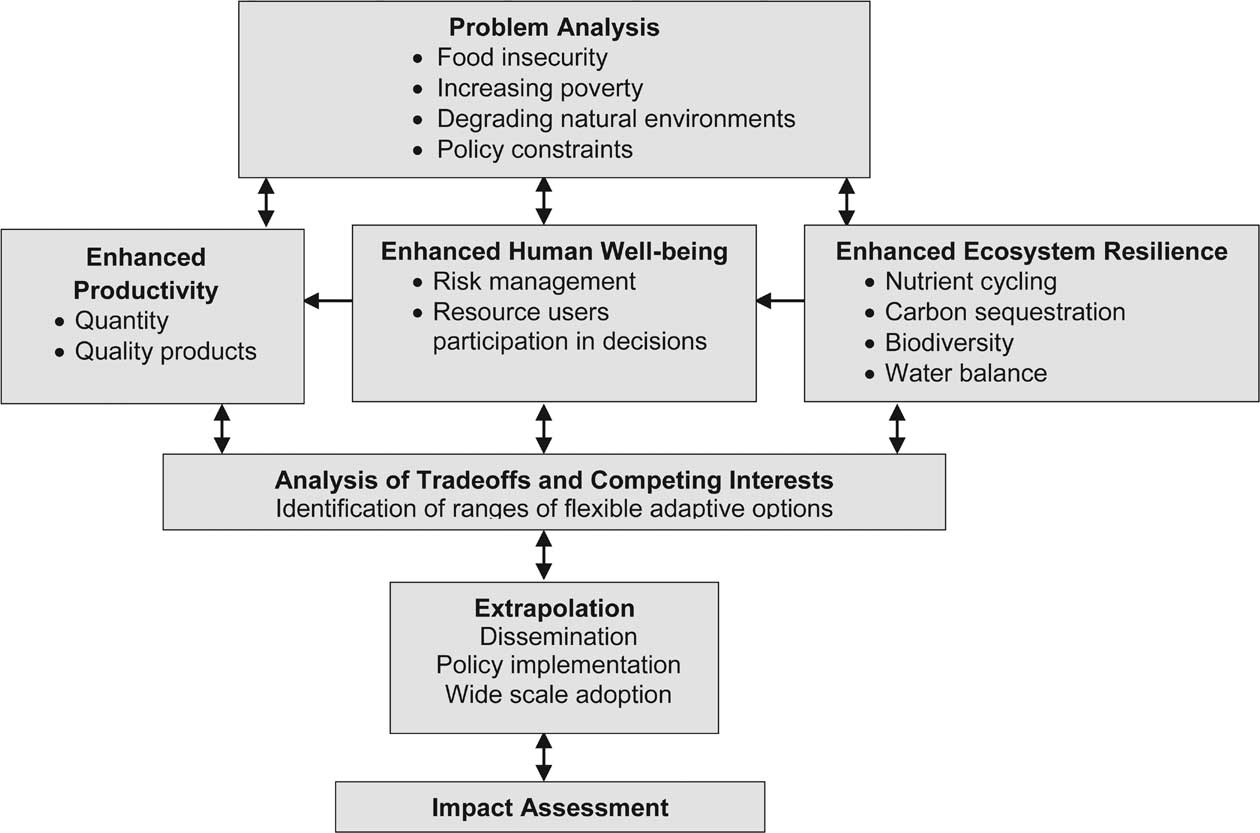
Figure 3-3. Integrated natural resource management (INRM) approach. Source: Izac and Sanchez, 1998.
| Previous | Return to table of contents | Search Reports | Next |
| « Back to weltagrarbericht.de | ||
62 | Sub-Saharan Africa (SSA) Report
Figure 3-3. Integrated natural resource management (INRM) approach. Source: Izac and Sanchez, 1998. |
|||
cially disaggregated processes and explicit management of tradeoffs among diverse groups. Moreover, a mere set of activities and interventions will not revitalize a system unless its various components are explicitly analyzed for potential tradeoffs and synergies (German et al., 2007). 3.4.1.1 Land and soil degradation Soil nutrients vary greatly across locales and countries. Even in resource-limited small-scale agriculture, not all fields are continuously mined; some fields have positive nutrient balances, usually through use of nutrients concentrated from other parts of the farm (Vanlauwe and Giller, 2006). Yet depletion of soil fertility in SSA is a major cause of low production (Kumwenda et al., 1997; NEPAD, 2002; Ajayi et al., 2006; Henao and Baanante, 2006; Okalebo et al., 2006). The factors contributing to low use include limited access to credit, poor infrastructure in rural areas, weak purchasing power among poor farmers, limited access to fertilizer information, few trained fertilizer stockers, inputs not in affordable sizes, low and irregular supplies and lack of appropriate fertilizers for local conditions (Okalebo et al., 2006). There are large variations in fertilizer use among countries (IAC, 2004). Increased fertilizer application is seen by |
most scientists as essential, yet availability and costs constrain farmers in SSA and soil moisture stress limits the uptake of nutrients. There is a need to conserve both water and soil organic matter. Phosphate rocks of various origins and agronomic effectiveness are found widely in Africa (Okalebo et al., 2006). Research has focused on options for land and soil management that would alleviate biophysical, land-related constraints. These include soil erosion, low levels of major nutrients (organic N in soil organic matter, P and K), loss of vegetative cover, extreme climatic events (see Chapters 1 and 2), and socioeconomic factors such as access to markets and opportunity to develop them and access to land and labor. Substantial progress has been made in developing new
tools and technologies and applying them to participatory
agricultural approaches. These include the integration of
geographic information systems and remote sensing, agroecological
and farming systems analysis, monitoring and
evaluation of ecosystem services, rapid spectroscopy techniques
of soil analysis, and molecular tools to study soil biodiversity
(Shepherd and Place, 2006). Research has resulted
in major innovations in crop–livestock–tree systems, as well
as practical options for soil fertility improvement. Although
constraints still exist, changes in land use patterns and increased
productivity have been noted in several key farming
systems (IAC, 2004). 3.4.1.2 Climate change |
| Previous | Return to table of contents | Search Reports | Next |
| « Back to weltagrarbericht.de | ||